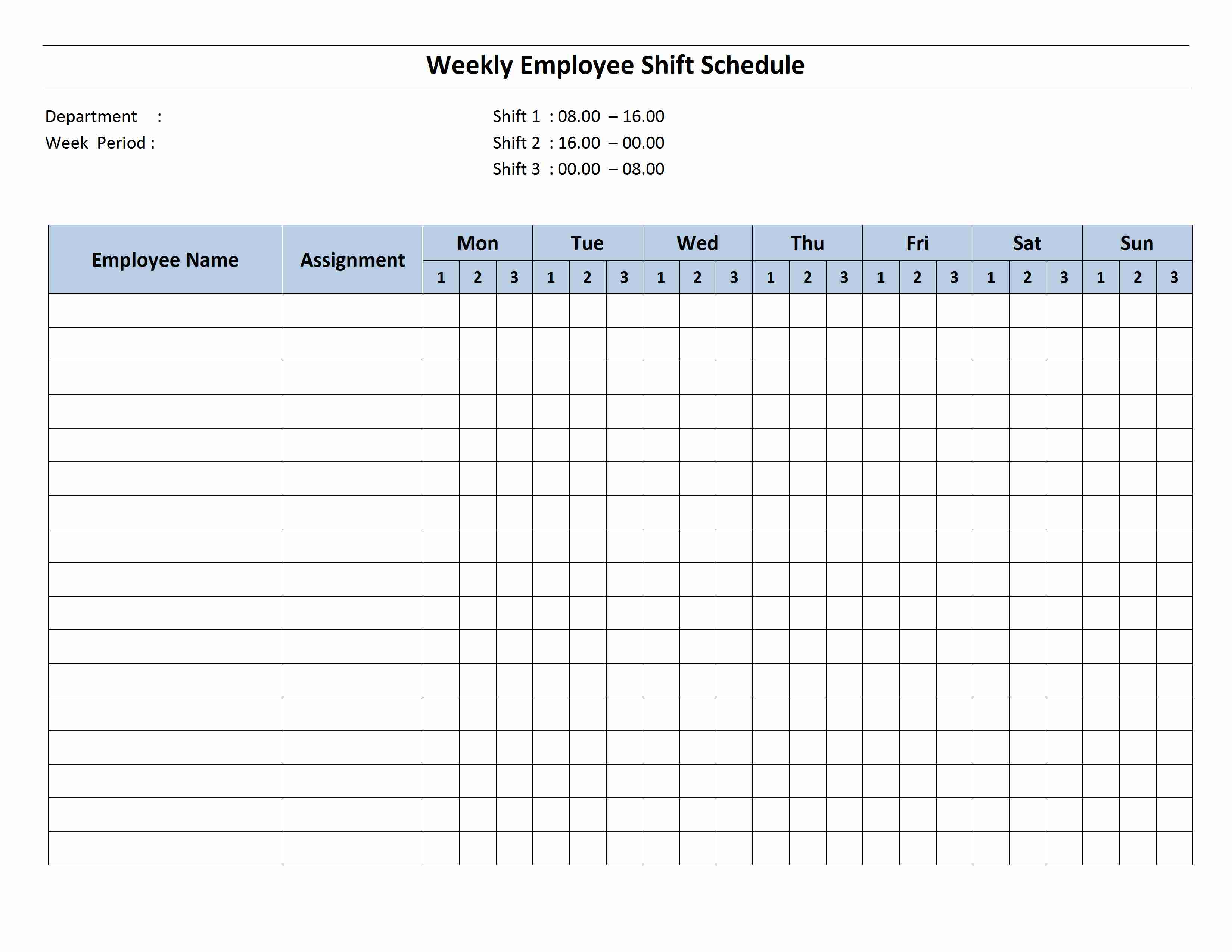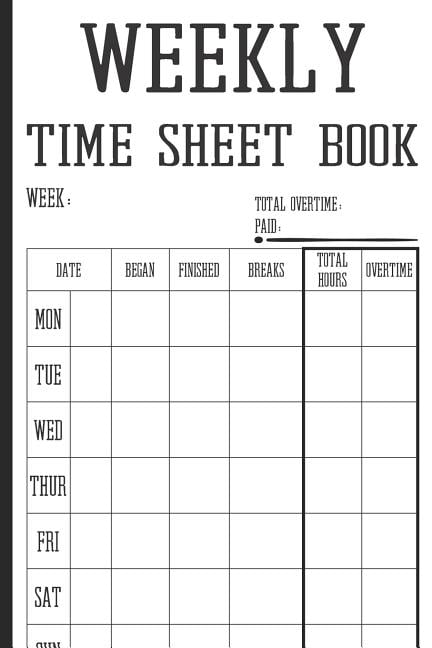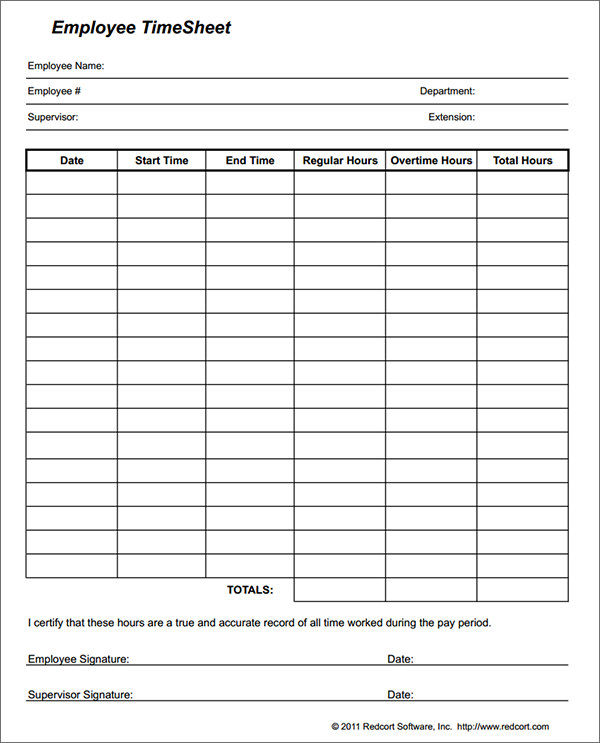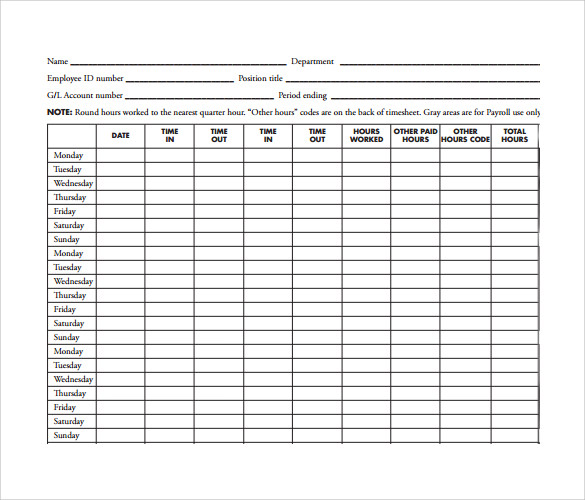If I am home with my child because his or her school or place of care is closed, or child care provider is unavailable, do I get paid sick leave, expanded family and medical leave, or both—how do they interact? You may be eligible for both types of leave, but only for a total of twelve weeks of paid leave. You may take both paid sick leave and expanded family and medical leave to care for your child whose school or place of care is closed, or child care provider is unavailable, due to COVID-19 related reasons. The Emergency Paid Sick Leave Act provides for an initial two weeks of paid leave.
After the first ten workdays have elapsed, you will receive 2/3 of yourregular rate of payfor the hours you would have been scheduled to work in the subsequent ten weeks under the Emergency and Family Medical Leave Expansion Act. For example, if your regular rate were $30 per hour and you lawfully took 20 hours of paid sick leave to self-quarantine based on the advice of a health care provider, you may recover $600 ($30 per hour times 20 hours) from your employer. As another example, if you were entitled to a state or local minimum wage of $15 and lawfully took 20 hours of paid sick leave for the same reason, you may recover $300 ($15 per hour times 20 hours). However, you may not recover more than the amount due under the FFCRA. If you are taking expanded family and medical leave, you may take paid sick leave for the first two weeks of that leave period, or you may substitute any accrued vacation leave, personal leave, or medical or sick leave you have under your employer's policy.
For the following ten weeks, you will be paid for your leave at an amount no less than 2/3 of your regular rate of pay for the hours you would be normally scheduled to work. If you take employer-provided accrued leave during those first two weeks, you are entitled to the full amount for such accrued leave, even if that is greater than $200 per day. Please note that if your seasonal employees are not scheduled to work, for example, because it is the off-season, then you do not have to provide paid sick leave or expanded family and medical leave. Assuming I am a covered employer, which of my employees are eligible for paid sick leave and expanded family and medical leave? However, if you employ a health care provider or an emergency responder you are not required to pay such employee paid sick leave or expanded family and medical leave on a case-by-case basis.
And certain small businesses may exempt employees if the leave would jeopardize the company's viability as a going concern. In this situation, the employer must pay the employee's full pay during the leave until the employee has exhausted available paid leave under the employer's plan—including vacation and/or personal leave . However, the employer may only obtain tax credits for wages paid at 2/3 of the employee's regular rate of pay, up to the daily and aggregate limits in the Emergency Family and Medical Leave Expansion Act ($200 per day or $10,000 in total). Clarification on when employers may require employees to use their existing paid leave under company policy for paid expanded family medical leave and paid sick leave (DOL Q&A #86).
Employers may not require paid leave under company policy (e.g. PTO or paid vacation) to run concurrently with paid sick leave under the EPSLA. However, employers may require that any paid leave provided under company policy run concurrently with paid expanded family and medical leave. To do this, an employer must pay the employee's full pay during the leave until the employee has exhausted available paid leave under the company policy. Employers are only eligible for tax credits for wages paid at two-thirds of employees' regular rate of pay (up to $200 per day and $10,000 total).
Employees who exhaust available paid leave under the company policy will still receive any remaining paid expanded and medical family available subject to the limits in the EFMLA. What six-month period is used to calculate the regular rate under the FFCRA when, for example, my employee takes paid sick leave, gets better, and then one week later, takes expanded family and medical leave? Or perhaps the employee takes intermittent leave throughout several months in 2020? In other words, do I have to determine and review a new six-month period every time my employee takes leave?
As an employer, you should identify the six-month period to calculate each employee's regular rate under the FFCRA based on the first day the employee takes paid sick leave or expanded family and medical leave. That six-month period will be used to calculate all paid sick leave and expanded family and medical leave the employee takes under the FFCRA. If your employee has been employed for less than six months, you may compute the average regular rate over the entire period during which the employee was employed. Finally, an employee may elect—but may not be required by the employer—to take paid sick leave under the Emergency Paid Sick Leave Act or paid leave under the employer's plan for the first two weeks of unpaid expanded family and medical leave, but not both. If, however, an employee has used some or all paid sick leave under the Emergency Paid Sick Leave Act, any remaining portion of that employee's first two weeks of expanded family and medical leave may be unpaid. How do I compute my employee's average regular rate for the purpose of the FFCRA?
As an employer, you are required to pay your employee based on his or her average regular rate for each hour of paid sick leave or expanded family and medical leave taken. The average regular rate must be computed over all full workweeks during the six-month period ending on the first day that paid sick leave or expanded family and medical leave is taken. How do I count hours worked by a part-time employee for purposes of paid sick leave or expanded family and medical leave? A part-time employee is entitled to leave for his or her average number of work hours in a two-week period. Therefore, you calculate hours of leave based on the number of hours the employee is normally scheduled to work. If the normal hours scheduled are unknown, or if the part-time employee's schedule varies, you may use a six-month average to calculate the average daily hours.
And if there is no such agreement, you may calculate the appropriate number of hours of leave based on the average hours per day the employee was scheduled to work over the entire term of his or her employment. The Department encourages employers and employees to collaborate to achieve maximum flexibility. May I take my paid sick leave or expanded family and medical leave intermittently while teleworking? Yes, if your employer allows it and if you are unable to telework your normal schedule of hours due to one of the qualifying reasons in the Emergency Paid Sick Leave Act. In that situation, you and your employer may agree that you may take paid sick leave intermittently while teleworking. Many companies deposit paychecks directly into employee accounts on a biweekly basis.
For full-time employees, companies calculate these biweekly amounts on the employees' annual salaries. For part-time employees, the biweekly salary is the product of the hourly rate and the number of hours worked during the preceding two weeks. If you are a salaried employee, you may need to know the hourly rate to estimate overtime pay, which is usually one-and-a-half to two times the regular rate, or to compare your pay against current hourly rates for part-time employees and contractors.
How do I compute the number of hours I must pay my employee who has irregular hours for each day of expanded family and medical leave taken? Generally, under the FFCRA, you are required to pay your employee for each day of expanded family and medical leave taken based on the number of hours the employee was normally scheduled to work that day. The average must be based on the number of hours your employee was scheduled to work per workday divided by the number of workdays over the six-month period ending on the first day of your employee's paid expanded family and medical leave. This average must include all scheduled hours, including both hours actually worked and hours for which the employee took leave.
This is because each day of closure or unavailability is a separate reason for leave, and thus you would not need to take leave for a single reason intermittently. As such, you would not need employer permission to take paid leave on just the days of closure or unavailability. However, you would still need to provide your employer with notice and documentation as soon as practicable. The Department encourages employers and employees to collaborate to achieve flexibility. Therefore, if employers and employees agree to intermittent leave on a day-by-day basis, the Department supports such voluntary arrangements.
I took paid sick leave and am now taking expanded family and medical leave to care for my children whose school is closed for a COVID-19 related reason. After completing distance learning, the children's school closed for summer vacation. May I take paid sick leave or expanded family and medical leave to care for my children because their school is closed for summer vacation? Paid sick leave and emergency family and medical leave are not available for this qualifying reason if the school or child care provider is closed for summer vacation, or any other reason that is not related to COVID-19.
However, the employee may be able to take leave if his or her child's care provider during the summer—a camp or other programs in which the employee's child is enrolled—is closed or unavailable for a COVID-19 related reason. I hire workers to perform certain domestic tasks, such as landscaping, cleaning, and child care, at my home. Do I have to provide my domestic service workers paid sick leave or expanded family and medical leave? It depends on the relationship you have with the domestic service workers you hire. Under the FFCRA, you are required to provide paid sick leave or expanded family and medical leave if you are an employer under the Fair Labor Standards Act , regardless of whether you are an employer for federal tax purposes. If the domestic service workers are economically dependent on you for the opportunity to work, then you are likely their employer under the FLSA and generally must provide paid sick leave and expanded family and medical leave to eligible workers.
An example of a domestic service worker who may be economically dependent on you is a nanny who cares for your children as a full-time job, follows your precise directions while working, and has no other clients. May I take paid sick leave or expanded family and medical leave to care for my child who is 18 years old or older? Under the FFCRA, paid sick leave and expanded family and medical leave include leave to care for one of your children when his or her school or place of care is closed or child care provider is unavailable, due to COVID-19 related reasons. This leave may only be taken to care for your non-disabled child if he or she is under the age of 18.
A time card allows you to have in order all the days and hours you have worked during a period of time. It essentially contains all the times when you started, paused, or stopped working. An online time card makes it easy for you to know how many hours you have worked in total and how much you should get paid based on the hourly rate you provide, if you choose to do so. It gives you the possibility to include overtime, breaks, to work with different time periods. With its simple and clean design the payroll hours calculator above makes it quick & easy to get the job done properly. If, on the other hand, the domestic service workers are not economically dependent on you and instead are essentially in business for themselves, you are their customer rather than their employer for FLSA purposes.
Accordingly, you are not required to provide such domestic service workers with paid sick leave or expanded family and medical leave. Likewise, a day care provider who works out of his or her house and has several clients is not economically dependent upon you. During that six-month period, the first employee worked 1,150 hours over 130 workdays, and took a total of 50 hours of personal and medical leave. The total number of hours the employee was scheduled to work, including all leave taken, was 1,200 hours.
The number of hours per calendar day is computed by dividing 1,200 hours by the 183 calendar days, which results in 6.557 hours per calendar day. The two-week average is computed by multiplying the per calendar day average by 14, which results in 91.8 hours. Since this is greater than the statutory maximum of 80 hours, the first employee, who works full-time, is therefore entitled to 80 hours of paid sick leave. Can more than one guardian take paid sick leave or expanded family and medical leave simultaneously to care for my child whose school or place of care is closed, or child care provider is unavailable, due to COVID-19 related reasons? You may take paid sick leave or expanded family and medical leave to care for your child only when you need to, and actually are, caring for your child if you are unable to work or telework as a result of providing care.
Generally, you do not need to take such leave if a co-parent, co-guardian, or your usual child care provider is available to provide the care your child needs. Of course, to the extent you are able to telework while caring for your child, paid sick leave and expanded family and medical leave is not available. May I take 80 hours of paid sick leave for my self-quarantine and then another amount of paid sick leave for another reason provided under the Emergency Paid Sick Leave Act?
However, the total number of hours for which you receive paid sick leave is capped at 80 hours under the Emergency Paid Sick Leave Act. As an employer, how do I know if my business is under the 500-employee threshold and therefore must provide paid sick leave or expanded family and medical leave? Workers who are independent contractors under the Fair Labor Standards Act , rather thanemployees, are not considered employees for purposes of the 500-employee threshold. This free online weekly timesheet calculator with two unpaid breaks and overtime will add up your or your employee's time clock hours for the week and calculate your gross wages.
Non-exempt employees are employees that are entitled to minimum wage as well as overtime pay under the FLSA. Employers are also required to pay these workers an overtime rate of 1.5 times their standard rate when they work more than 40 hours per workweek. A non-exempt employee that is not paid overtime wages can file an FLSA overtime claim through the U.S. Most workers that are paid an hourly wage fall under this category. May I round when computing the number of hours of paid sick leave I must provide an employee with an irregular schedule or the number of hours I must pay such an employee for each day of expanded family and medical leave taken?
It is common and acceptable for employers to round to the nearest tenth, quarter, or half hour when determining an employee's hours worked. But if you choose to round, you must use a consistent rounding principle. You may not, for instance, round for some employees who request leave but not others. For the purposes of computing hours under the FFCRA, you may round to the nearest time increment that you customarily use to track the employee's hours worked. For instance, if you typically track work time in quarter-hour increments, you may round to the nearest quarter hour.
But you may not round to the nearest quarter hour if you typically track time in tenth-of-an-hour increments. May I use paid sick leave and expanded family and medical leave together for any COVID-19 related reasons? The Emergency Family and Medical Leave Expansion Act applies only when you are on leave to care for your child whose school or place of care is closed, or whose child care provider is unavailable, due to COVID-19 related reasons. However, you can take paid sick leave under the Emergency Paid Sick Leave Act for numerous other reasons. Private sector employers that provide paid sick leave and expanded family and medical leave required by the FFCRA are eligible for reimbursement of the costs of that leave through refundable tax credits.
If you intend to claim a tax credit under the FFCRA for your payment of the sick leave or expanded family and medical leave wages, you should retain appropriate documentation in your records. You should consult Internal Revenue Service applicable forms, instructions, and information for the procedures that must be followed to claim a tax credit, including any needed substantiation to be retained to support the credit. You are not required to provide leave if materials sufficient to support the applicable tax credit have not been provided. The only type of family and medical leave that is paid leave is expanded family and medical leave under the Emergency Family and Medical Leave Expansion Act when such leave exceeds ten days. This includes only leave taken because the employee must care for a child whose school or place of care is closed, or child care provider is unavailable, due to COVID-19 related reasons. A timesheet calculator, also known as a time card calculator, is a tool that helps managers, business owners and employees by calculating the total number of hours worked for every staff member.
For example, this free timecard calculator configures your weekly timecard hours for payroll and allows the manager or employee to include any break time used to ensure an accurate payroll period. To determine your regular rate, divide the amount of your weekly salary by the number of hours worked during the week for which you are calculating your overtime pay. For instance, if your weekly salary is $500 and you worked 50 hours in one workweek, you would divide 500 by 50, giving you a regular rate of $10 per hour. You use this regular rate to calculate your overtime pay just as you would with an hourly rate. Your employer would owe you $10 per hour for the first 40 hours and $15 per hour for the 10 hours of overtime, for a total of $550.
The second employee, in contrast, worked 550 hours over 100 workdays, and took a total of 100 hours of personal and medical leave. The total number of hours the employee was scheduled to work, including all leave taken, was 650 hours. The number of hours per workday is computed by dividing 650 hours by the 100 workdays, which is 6.5 hours per workday.
You must therefore pay the second employee for 6.5 hours per workday times 2/3 his or her regular rate for each day of expanded family and medical leave taken, subject to a $200 per day cap and $10,000 maximum . This calculator will help you to quickly convert your annual salary into the equivalent hourly income. Simply enter your annual income along with your hours per day, days per week & work weeks per year to calculate your equivalent income.
While there are 52 weeks in a year, many employers give employees around 2 weeks paid vacation between the year end holidays and other regularly scheduled vacations. Then just use the rows of fields to enter the start and end times and the total amount of breaks . If you get paid extra for overtime, select the corresponding overtime scheme and enter the pay rate ratio in the time sheet calculator. 1.5 overtime pay means that you get 50% higher hourly rate for overtime hours, compared to regular hours. Ultimately, the question of economic dependence can be complicated and fact-specific.
As a rule of thumb, but not ultimately determinative, if you are not required to file Schedule H, Household Employment Taxes, along with your Form 1040, U.S. In this case, you likely would not be required to provide paid sick leave and expanded family and medical leave. If the worker is your employee for federal tax purposes, so that you are required to file Schedule H for the worker with your Form 1040, you will need to determine whether the worker is economically dependent on you for the opportunity to work. If you determine that the worker is economically dependent upon you for the opportunity to work, then you are likely required to provide that worker with paid sick leave and expanded family and medical leave. The first employee worked 1,150 hours over 130 workdays, and took a total of 50 hours of personal and medical leave.
The total number of hours the employee was scheduled to work was 1,200 hours. The number of hours per workday is computed by dividing 1,200 hours by the 130 workdays, which is 9.2 hours per workday. You must therefore pay the first employee for 9.2 hours per workday times 2/3 his or her regular rate for each day of expanded family and medical leave taken, subject to a $200 per day cap and $10,000 maximum .

























No comments:
Post a Comment
Note: Only a member of this blog may post a comment.